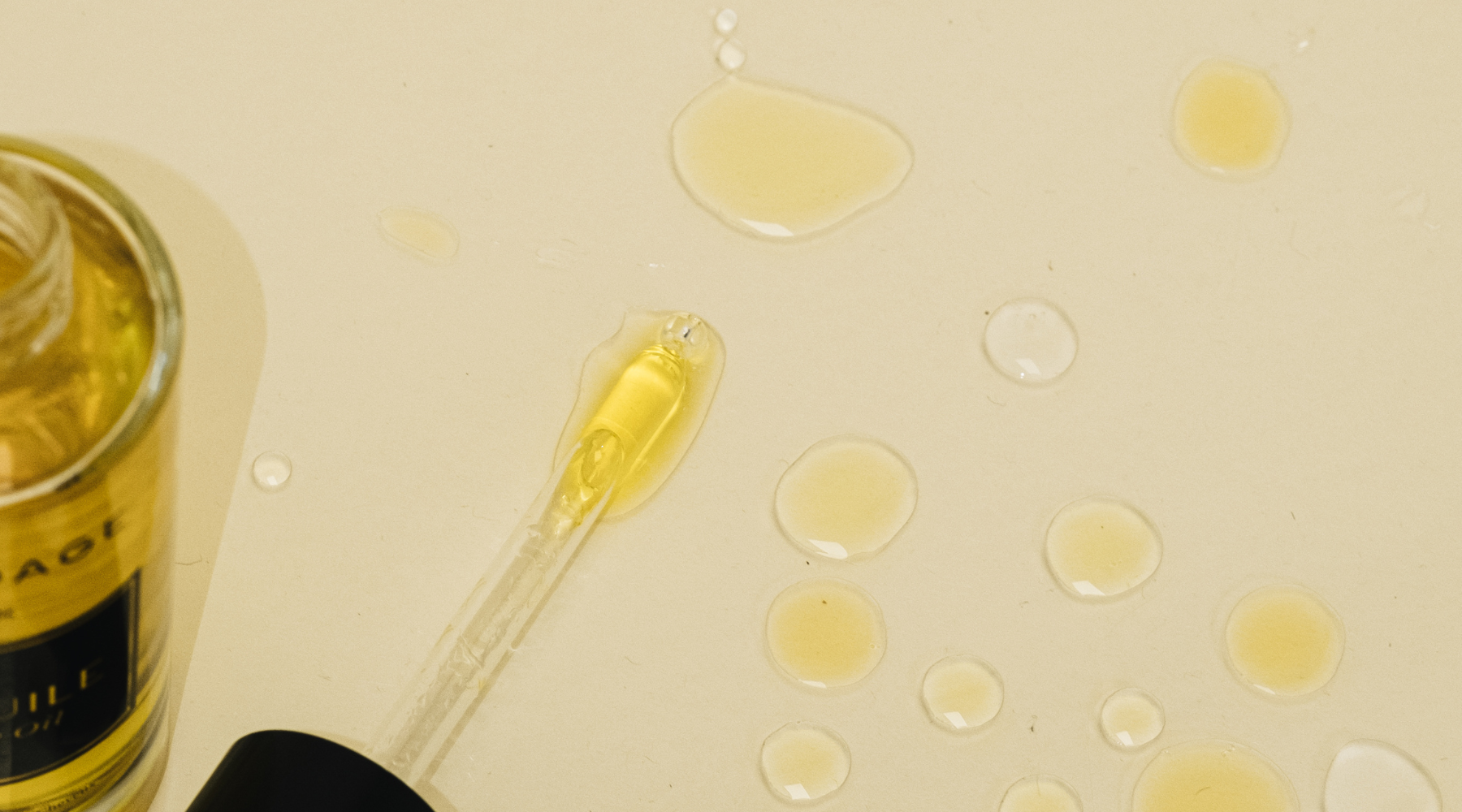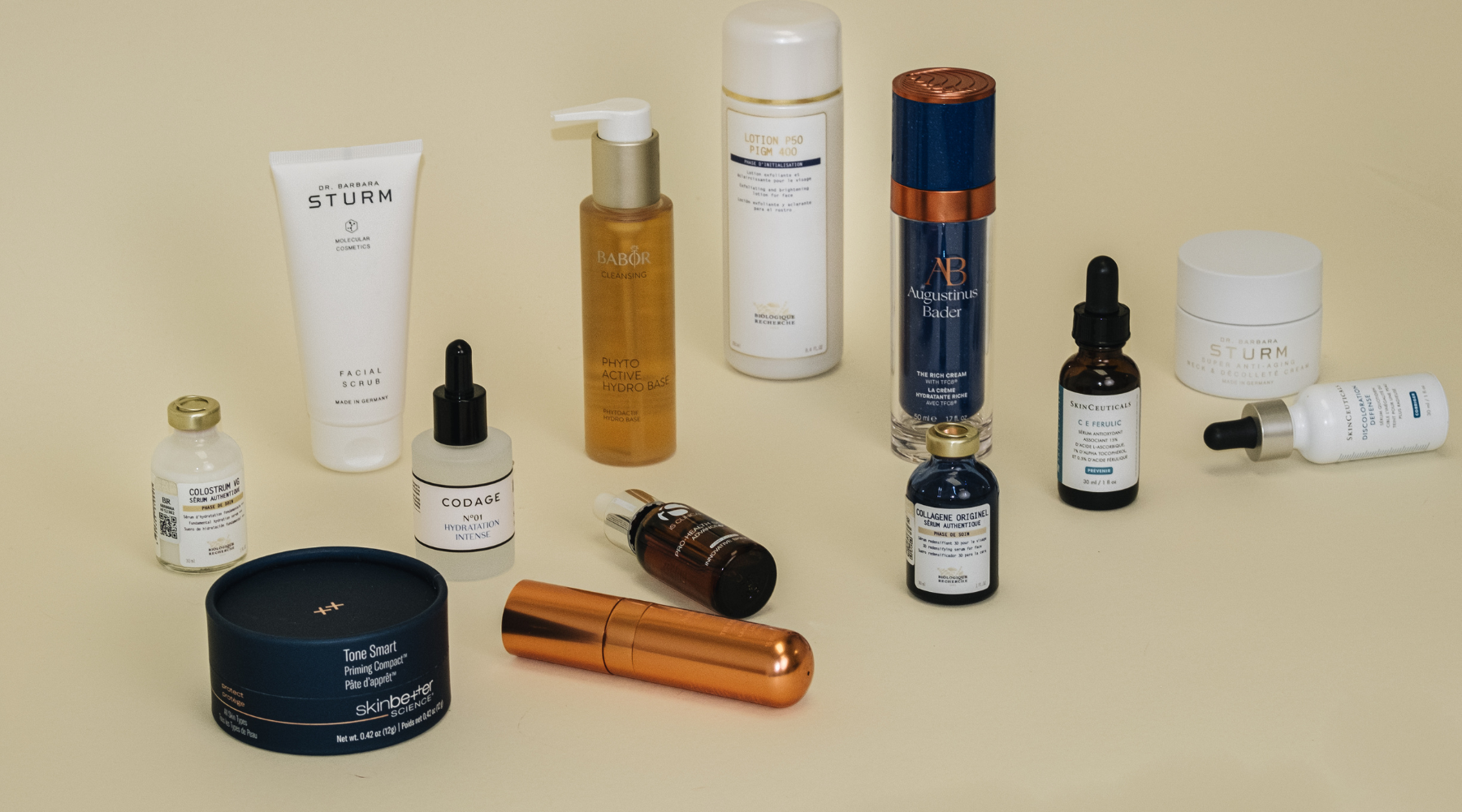
Product Shelf-Life
The importance of maintaining clean makeup tools and verifying your product’s shelf life ensures not only a flawless makeup application, but also the health of your skin. From deciphering expiration dates to mastering the art of brush and sponge cleansing, we've got what you need to keep your skincare shelf pristine!
VERIFY THE EXPIRATION DATE
Both skincare and makeup products should always have a clearly labelled expiration date on the packaging. It is typically represented as a month and year, for example: "EXP 03/2023". If you’re questioning your product, always check this date first!
If your product has already been opened or come in contact with oxygen, look for the Period-After-Opening (PAO) symbol. The PAO symbol looks like an open jar with a number and the letter 'M' inside it. This will indicate the number of months the product is safe to use after opening; for example, "12M" means the product is suitable for 12 months after opening.
Keep in mind that damaged packaging can also expose the product to air and bacteria, potentially causing it to expire more quickly.
KEEP AN EYE OUT FOR CHANGES
Any changes in a product’s colour, smell, texture, or consistency compared to when you first bought it can be signs of expiration or contamination. For example, Vitamin C serums that have oxidized will have darkened.
Skincare products that have separated into different layers or developed clumps will likely be compromised. Improper storage, such as exposure to sunlight, air, or excessive humidity and fluctuations in temperature, can accelerate this process.
WHAT ABOUT YOUR TOOLS?
Cleaning your skincare and makeup tools regularly is crucial to prevent bacteria, oils, and makeup residue buildup. Makeup sponges and brushes won’t have an expiration date, but they have a limited lifespan. If you notice signs of wear, tears, or a persistent smell even after cleaning, it's time to replace them.
The frequency of cleaning depends on how often you use your brushes and the types of products you apply. General guidelines include:
- Using a gentle cleanser.
- Cleaning foundation brushes at least once a week, especially if you use liquid or cream products.
- Cleaning blush and powder brushes approximately every 2 weeks.
- Cleaning eye shadow brushes regularly (every 1-2 weeks), especially if you use a variety of colours. If you use them daily or switch between intense colours, clean them more often to prevent colour blending.
- Avoid soaking the metal part that connects the bristles to the handle, as it can weaken the glue and lead to bristle shedding.
- Ensure that all cleanser is thoroughly rinsed out of the brushes to prevent skin irritation, and allow your brushes to air dry completely before using them again.
If you want a speedy clean in between your deep cleanses, consider using quick-drying brush cleaning sprays (like the Glo Skin Beauty Brush Cleaner or Jane Irendale’s Botanical Brush Cleaner) or wipes.
IN CONCLUSION…
If you are unsure about a product's condition or expiration (products with antioxidants, retinoids, and certain vitamins may have a shorter shelf life), it's better to err on the side of caution and replace it, especially for products applied to the skin. Using expired skincare products can lead to skin irritation, reduced efficacy, or other undesirable effects–and we don’t want any of that here!
Until next time,
The BSE Team


Leave a comment